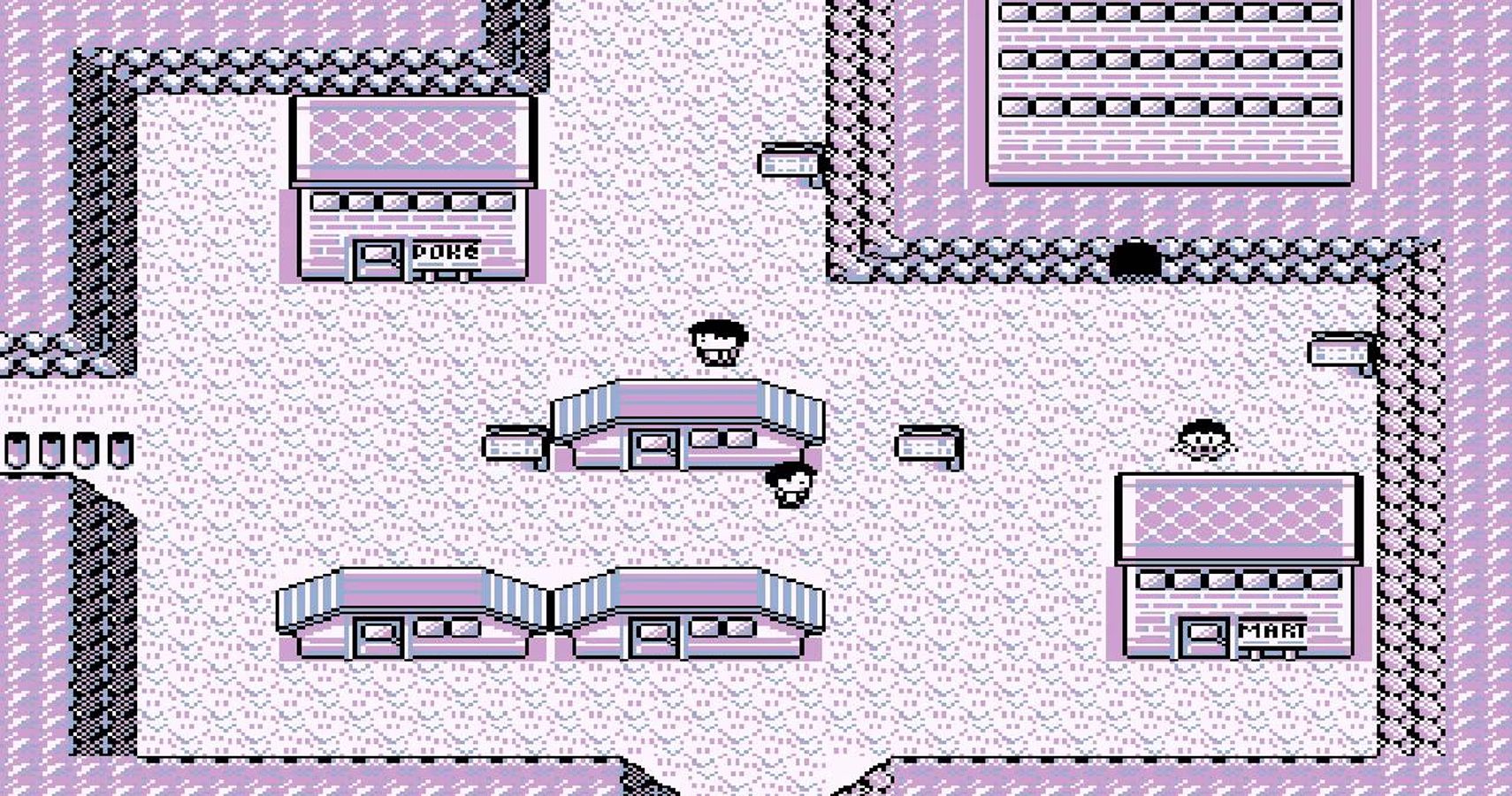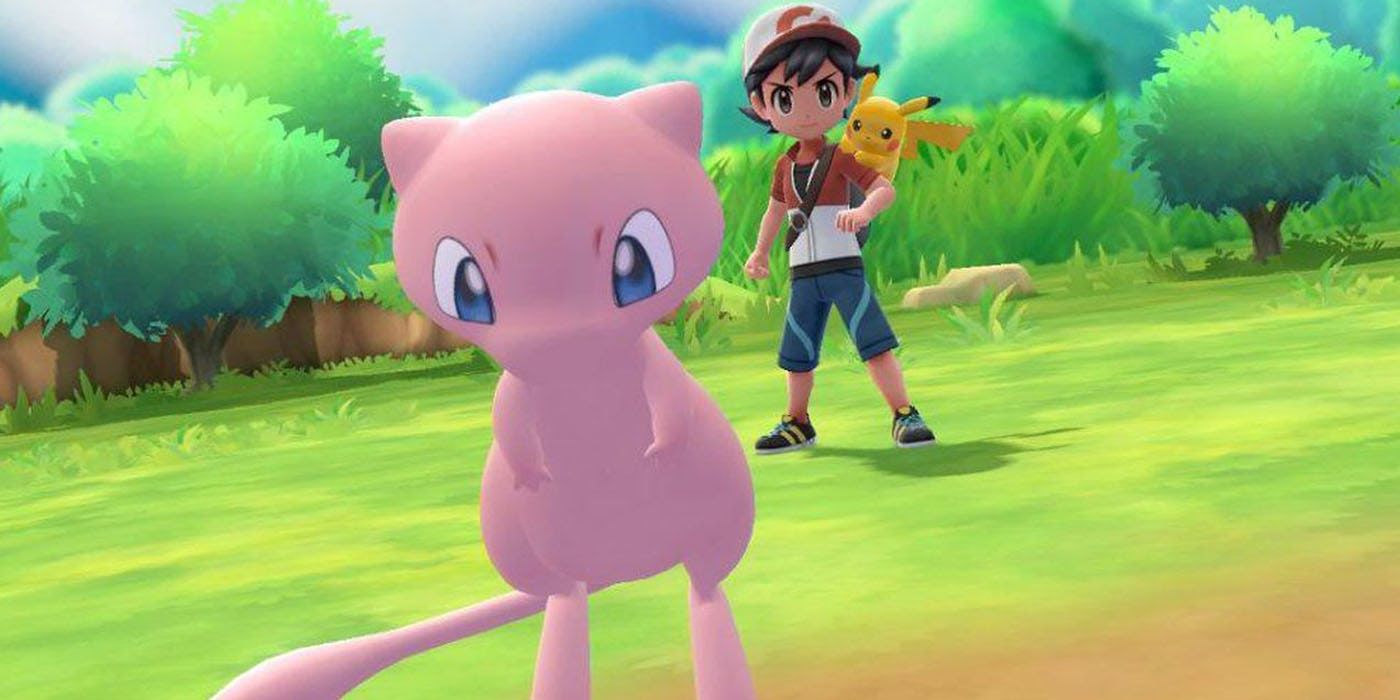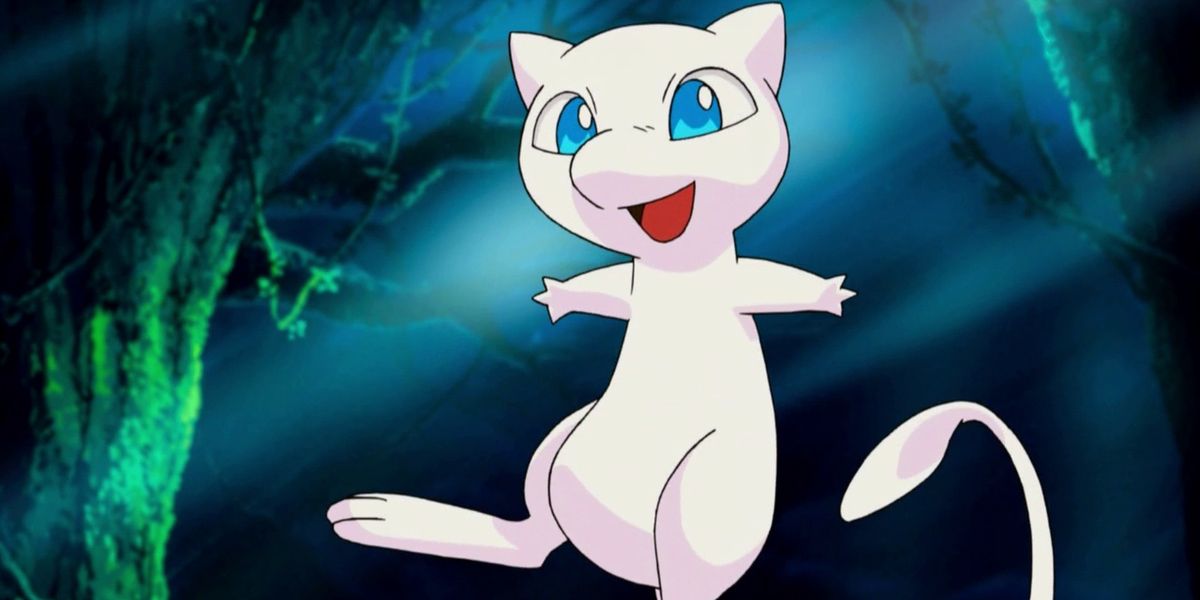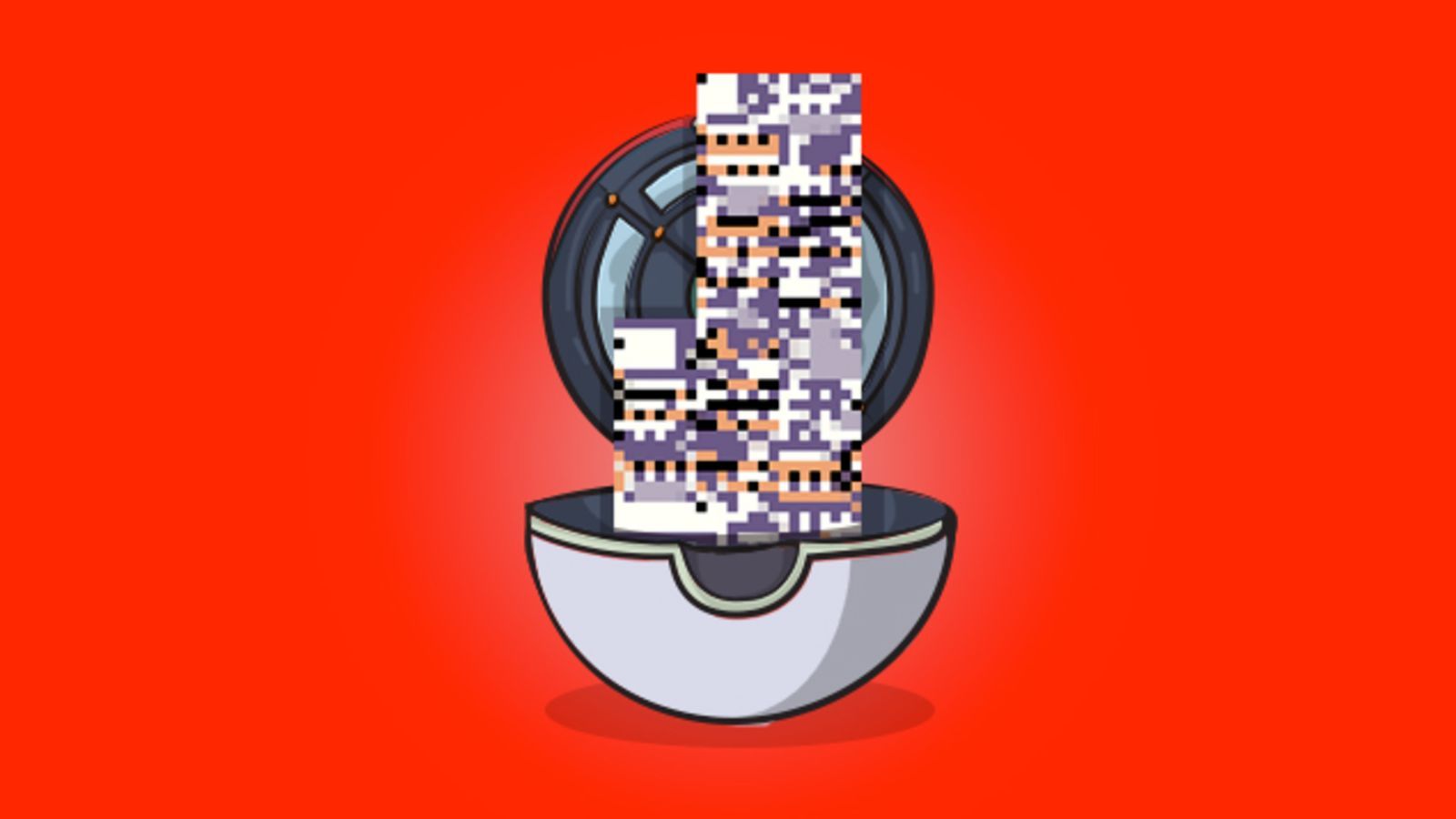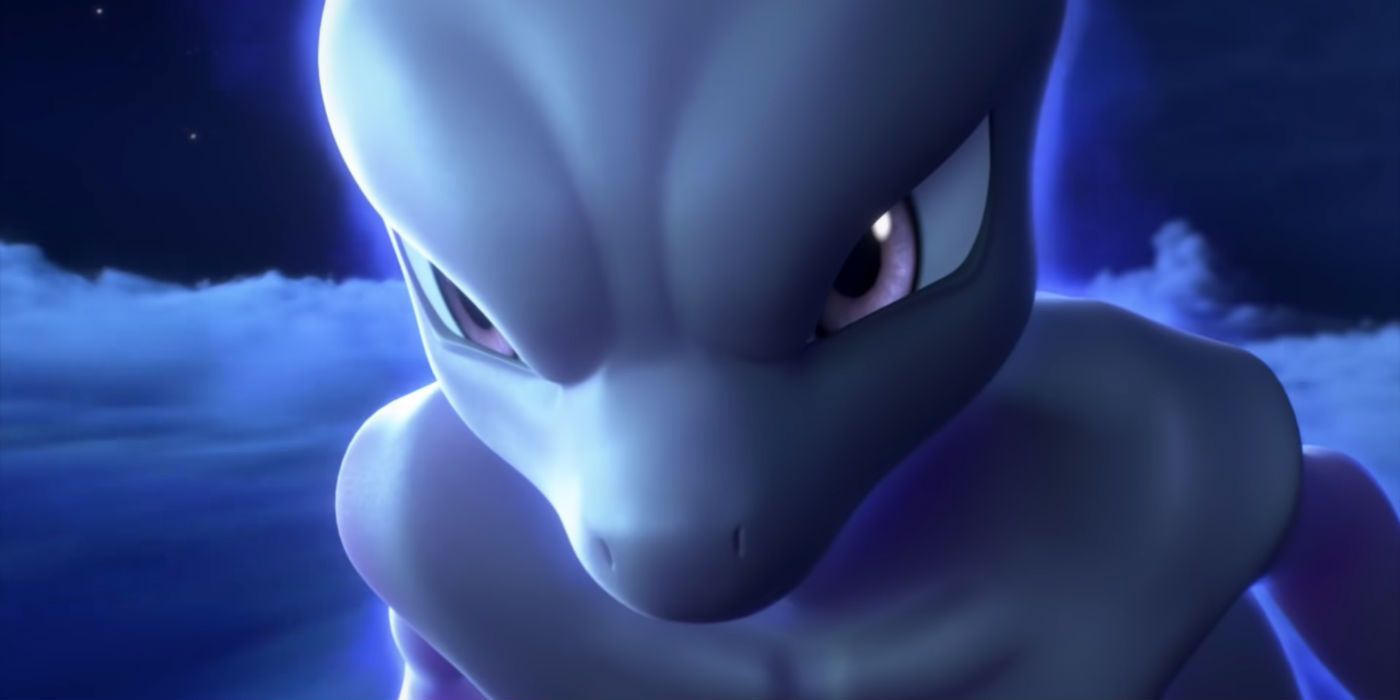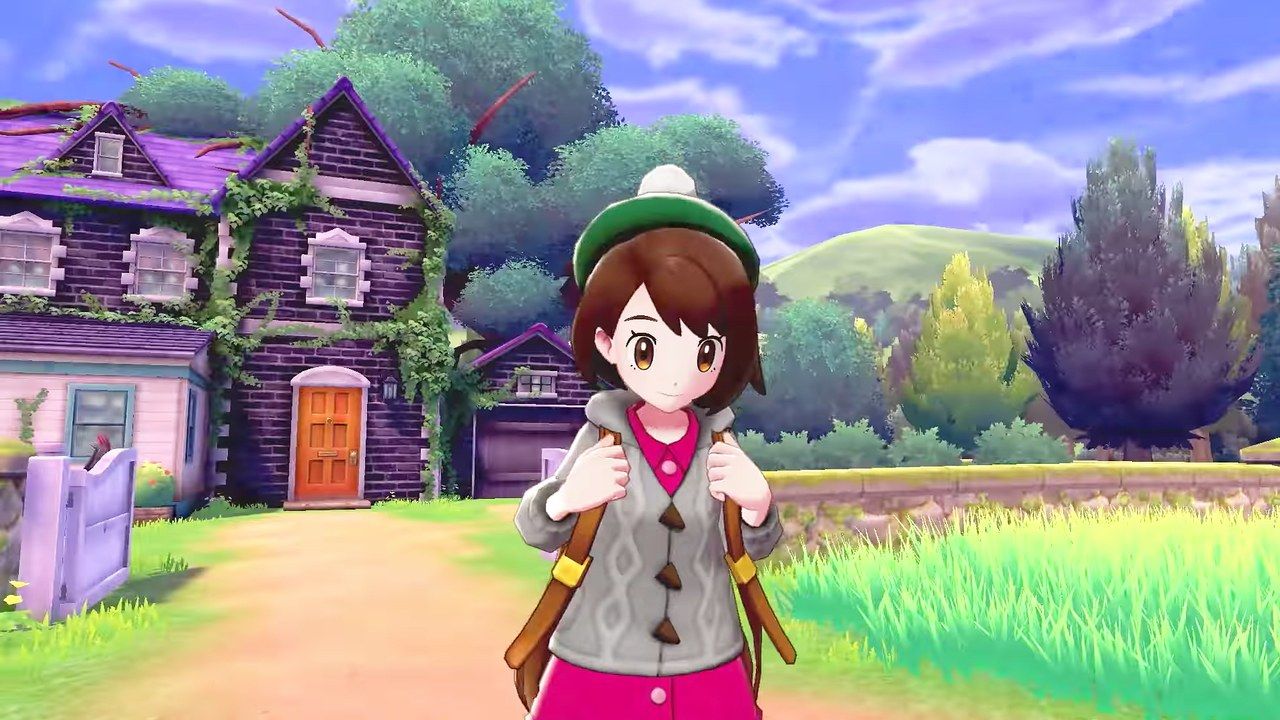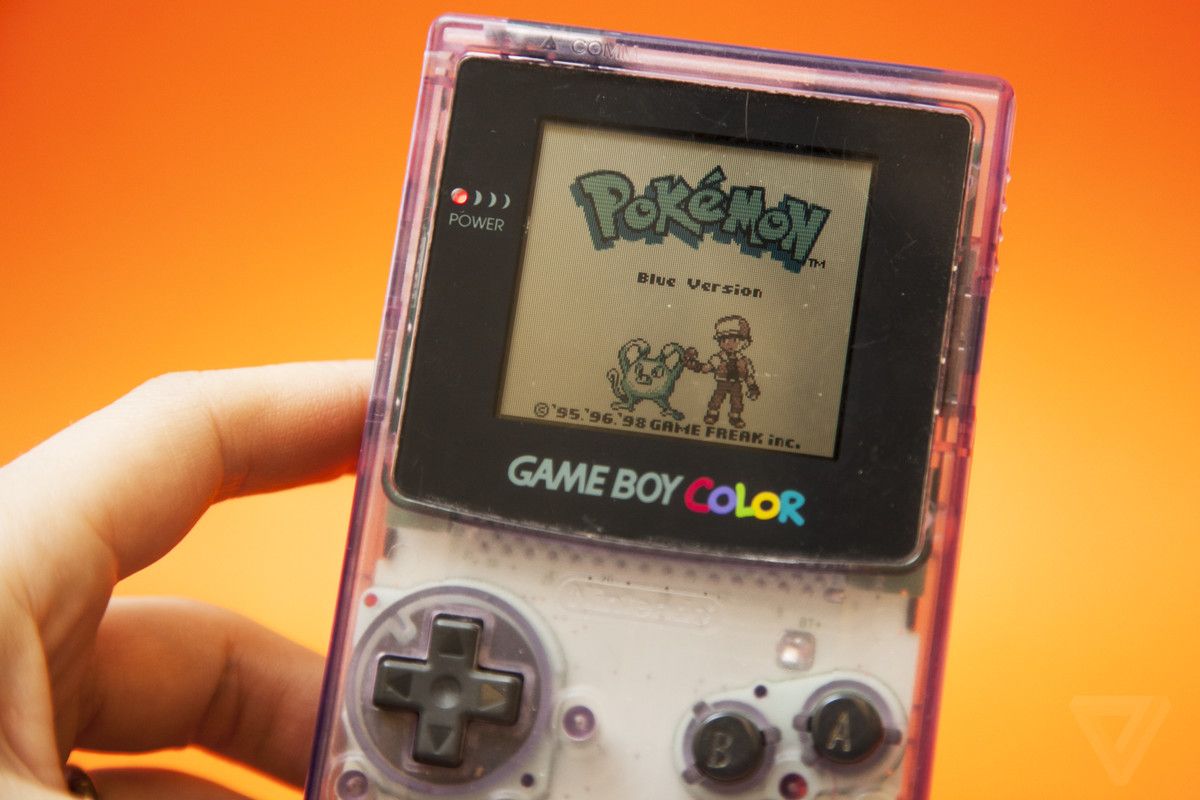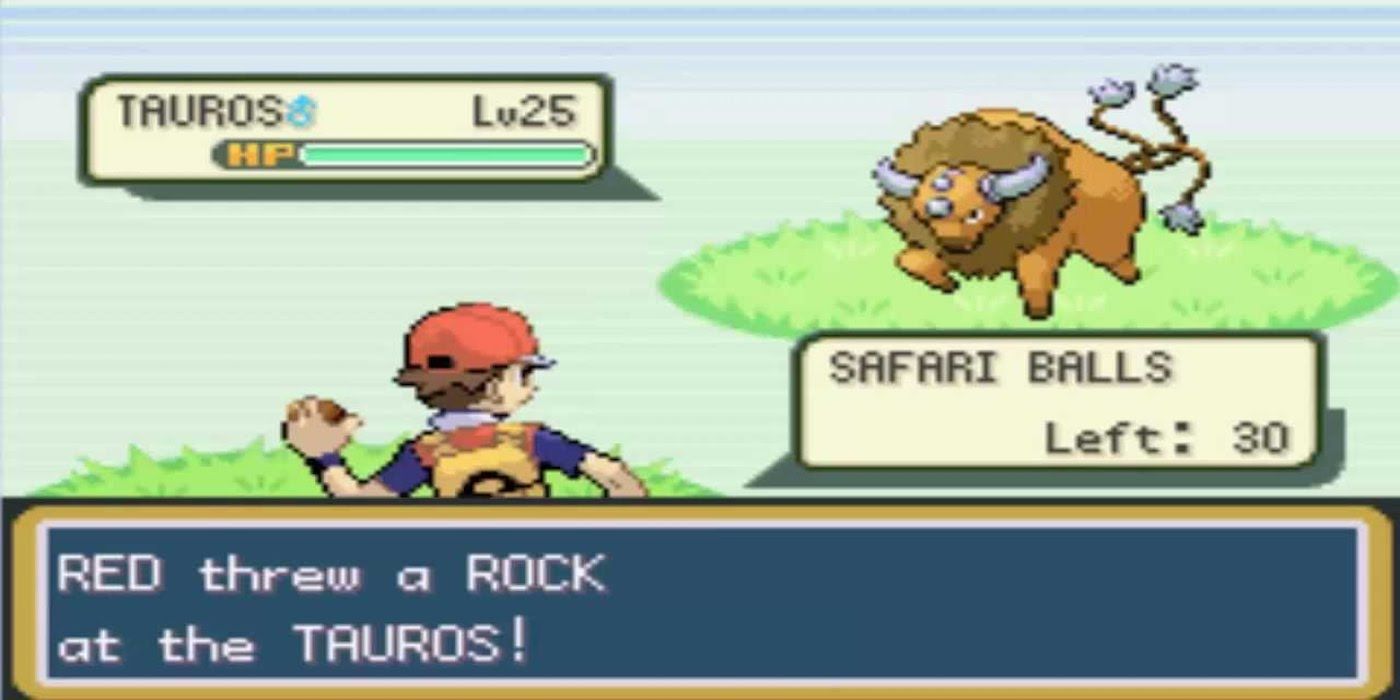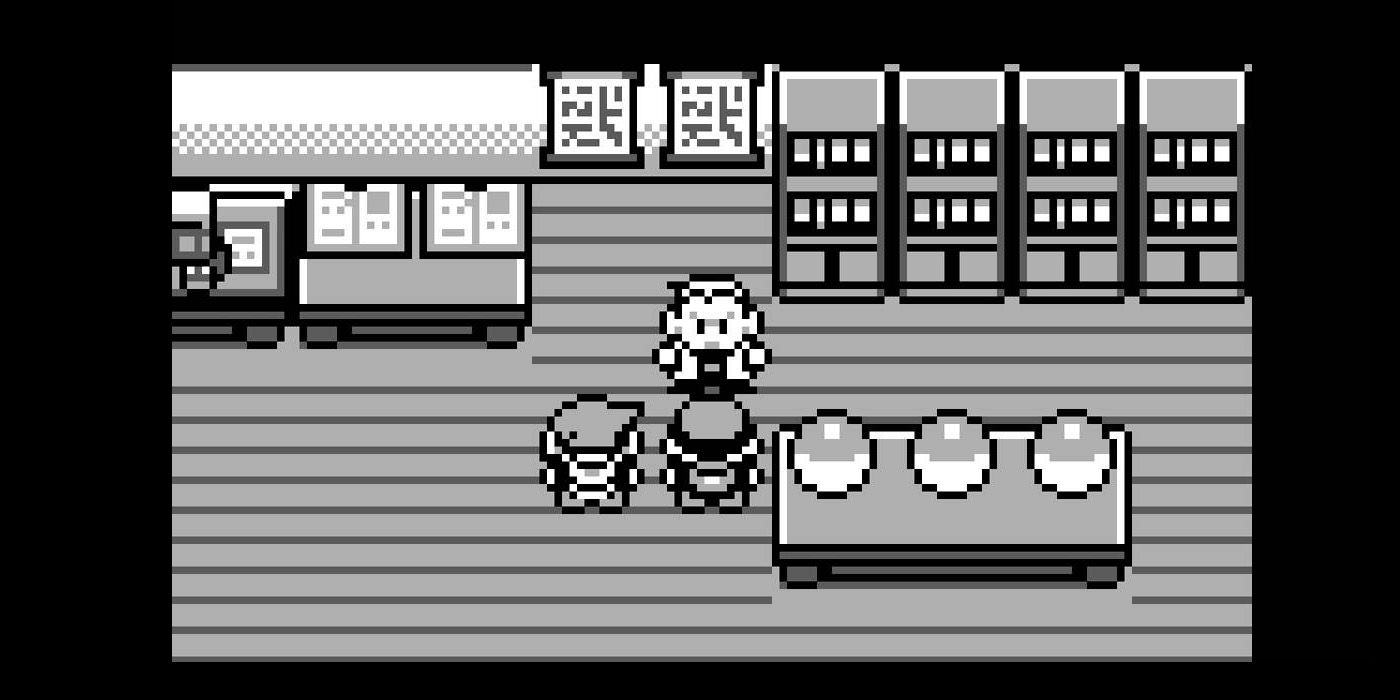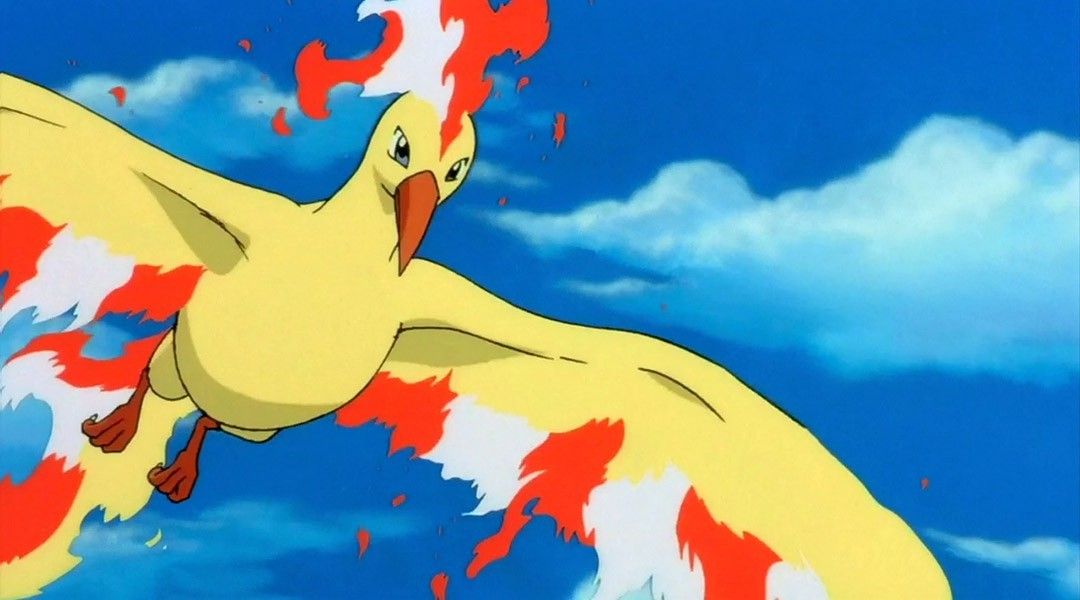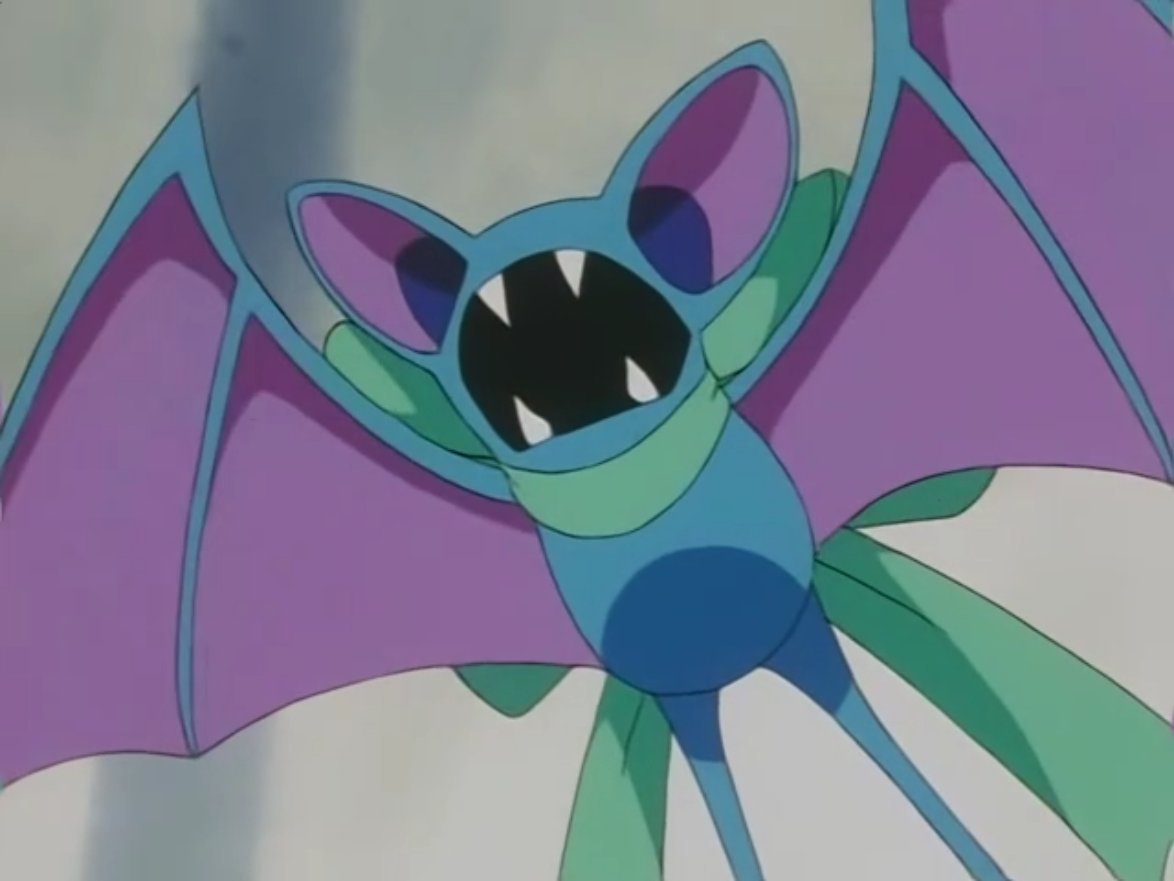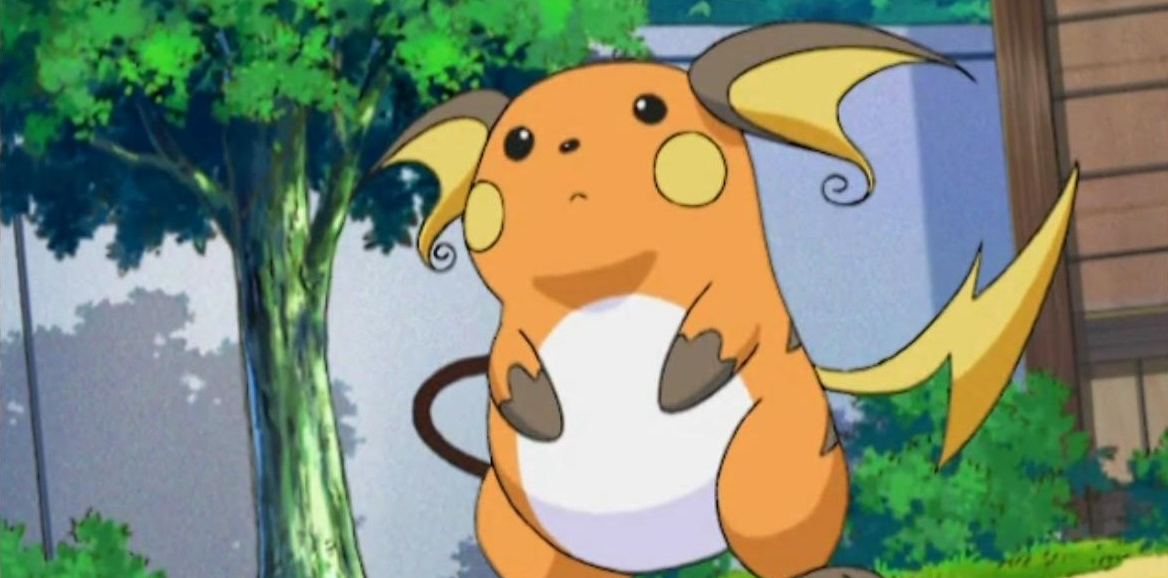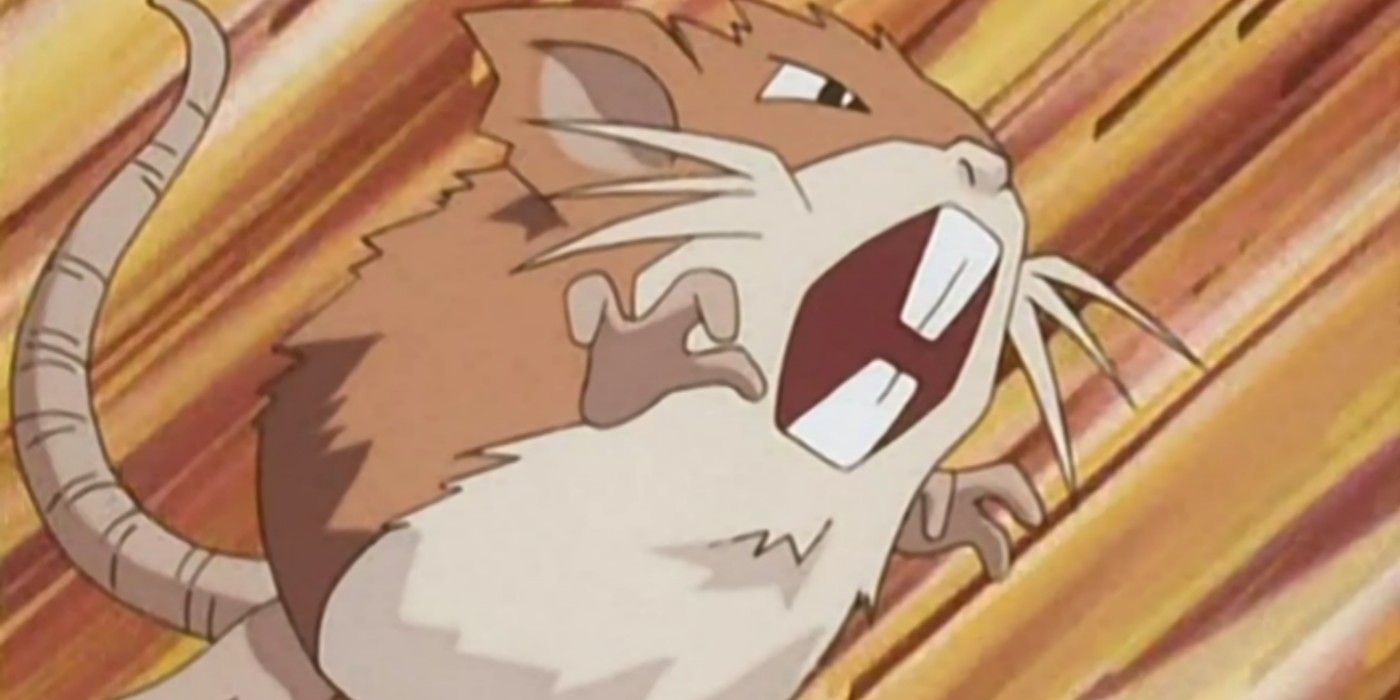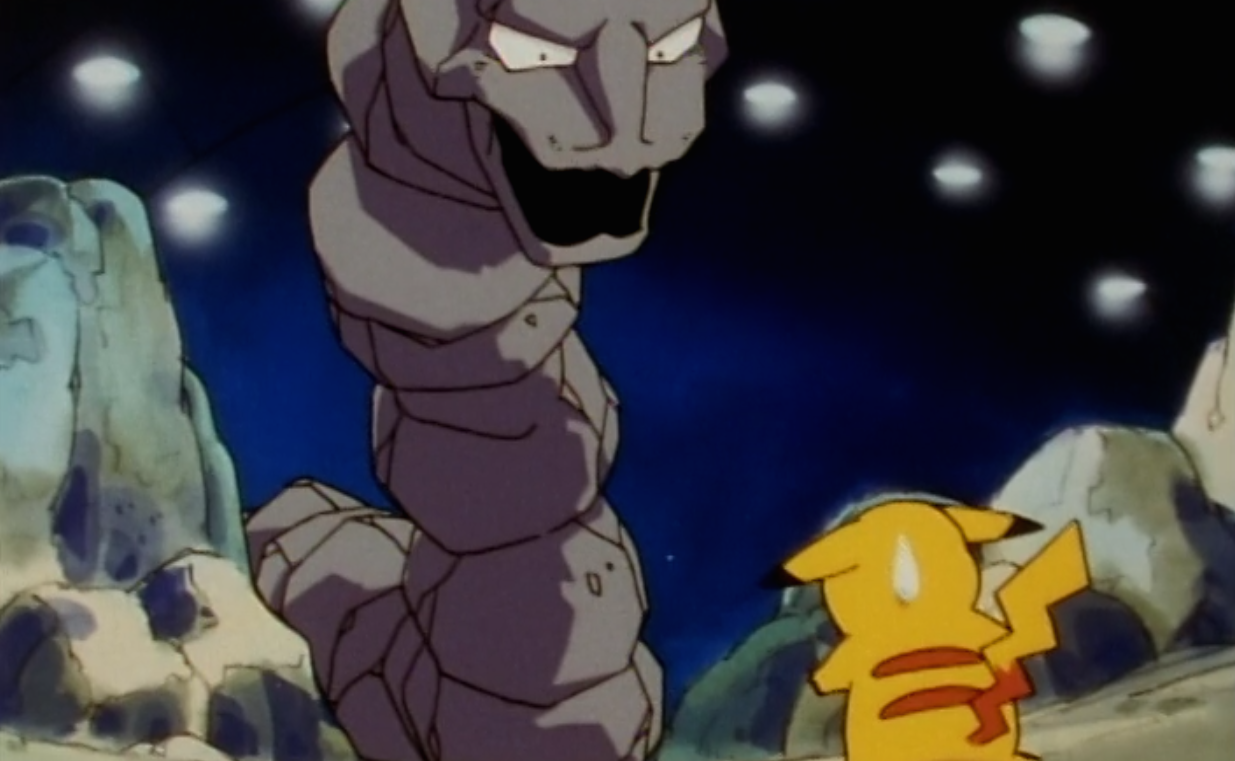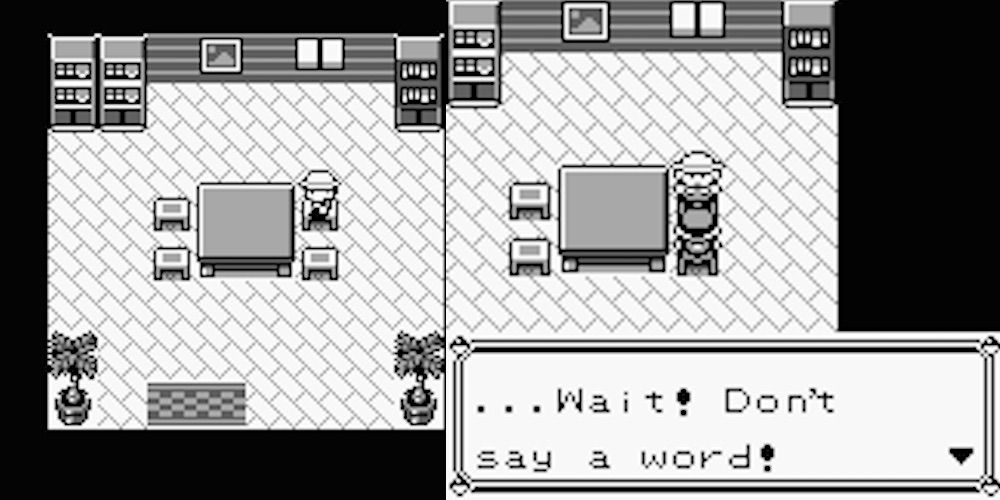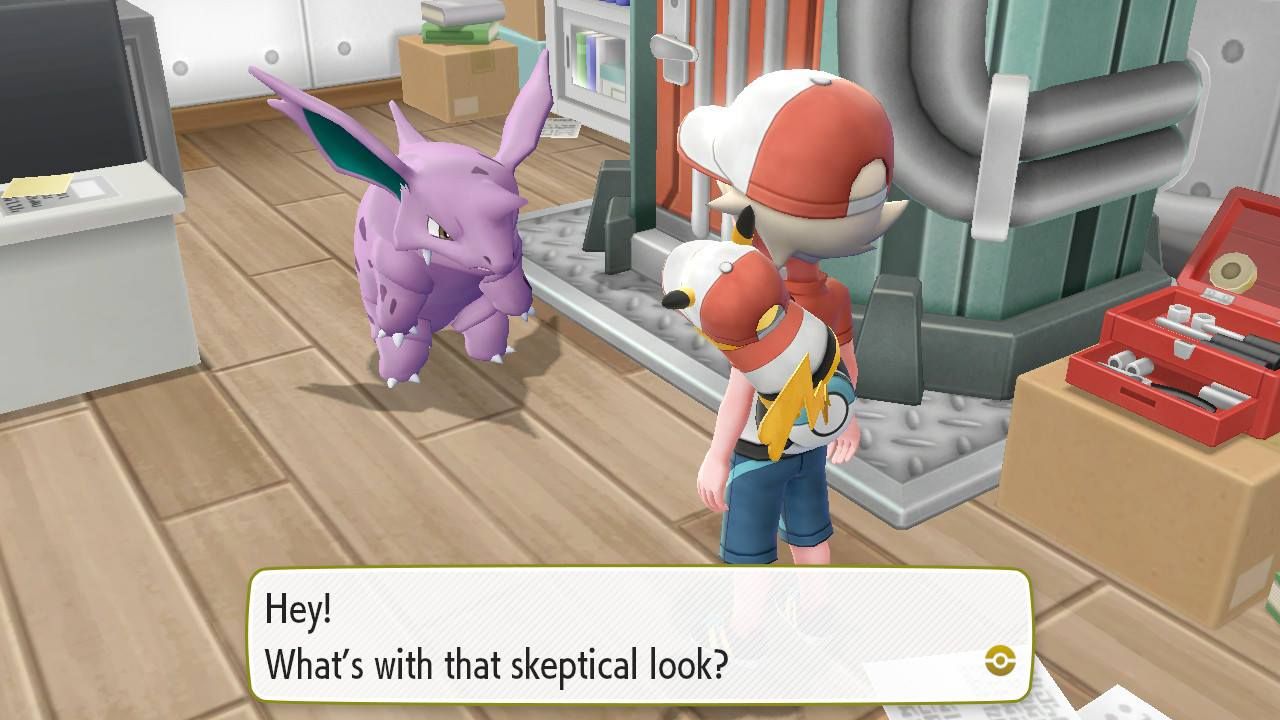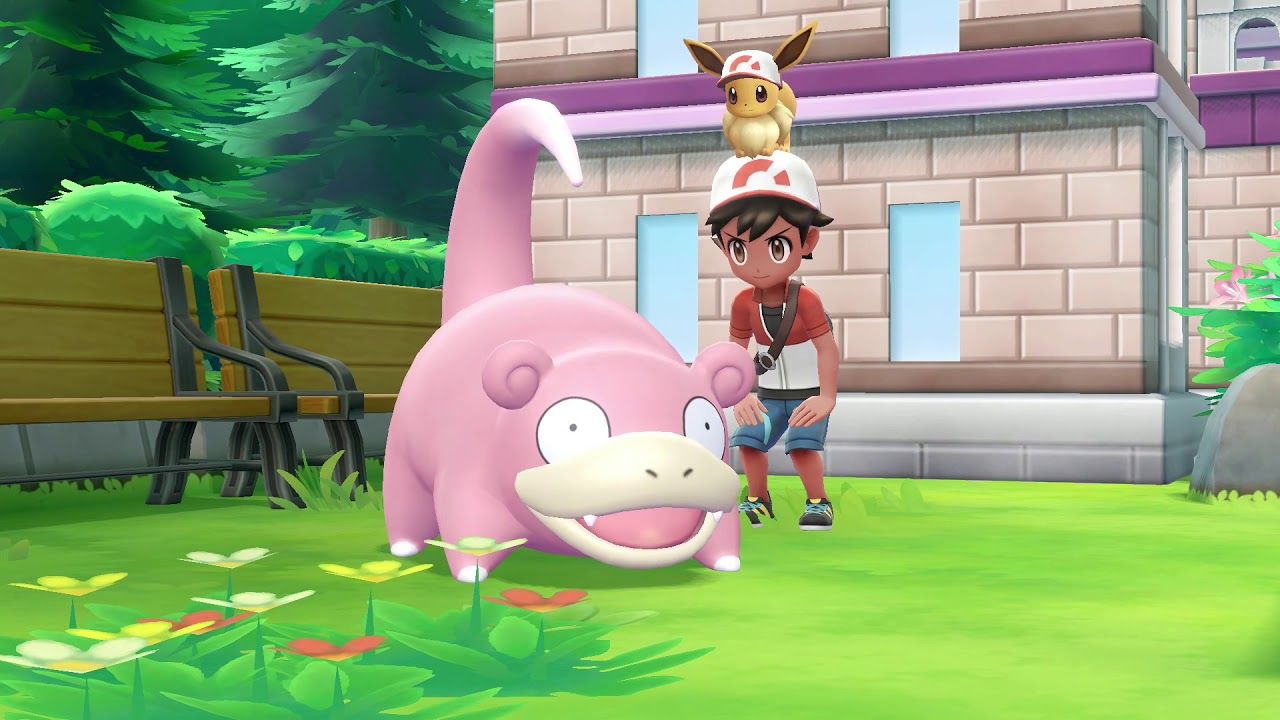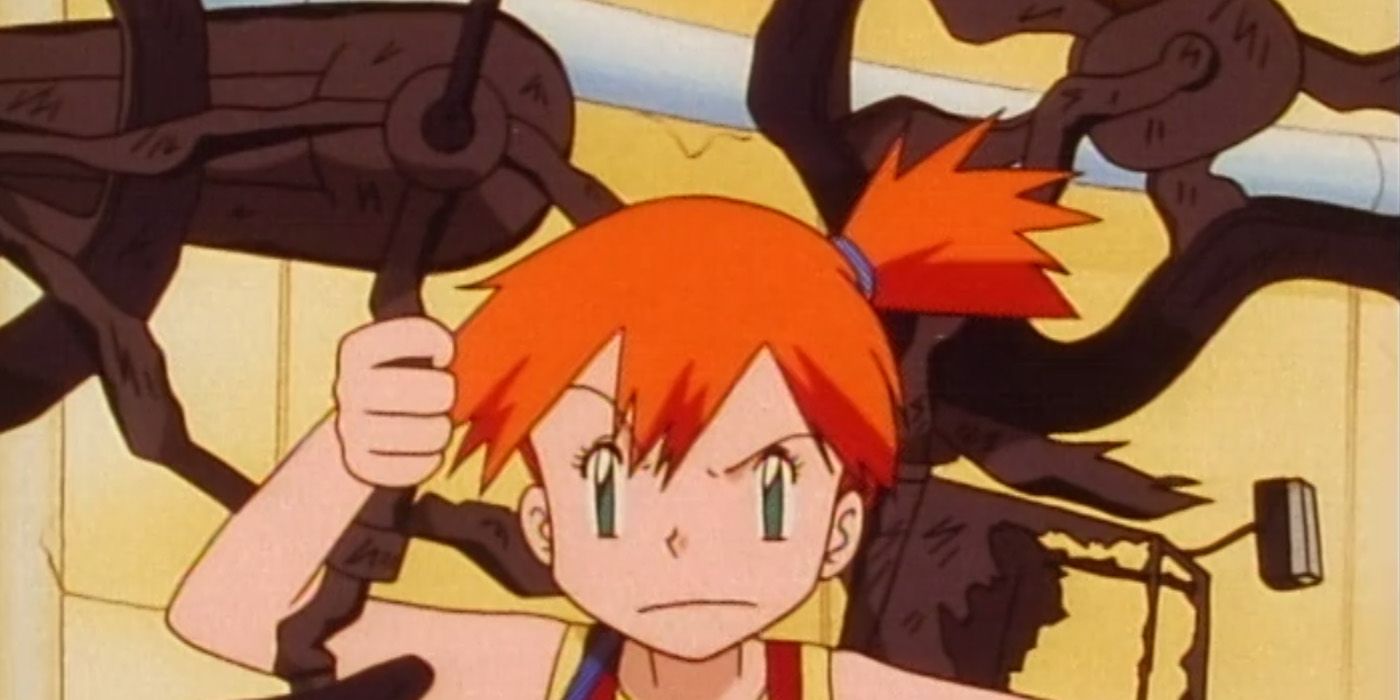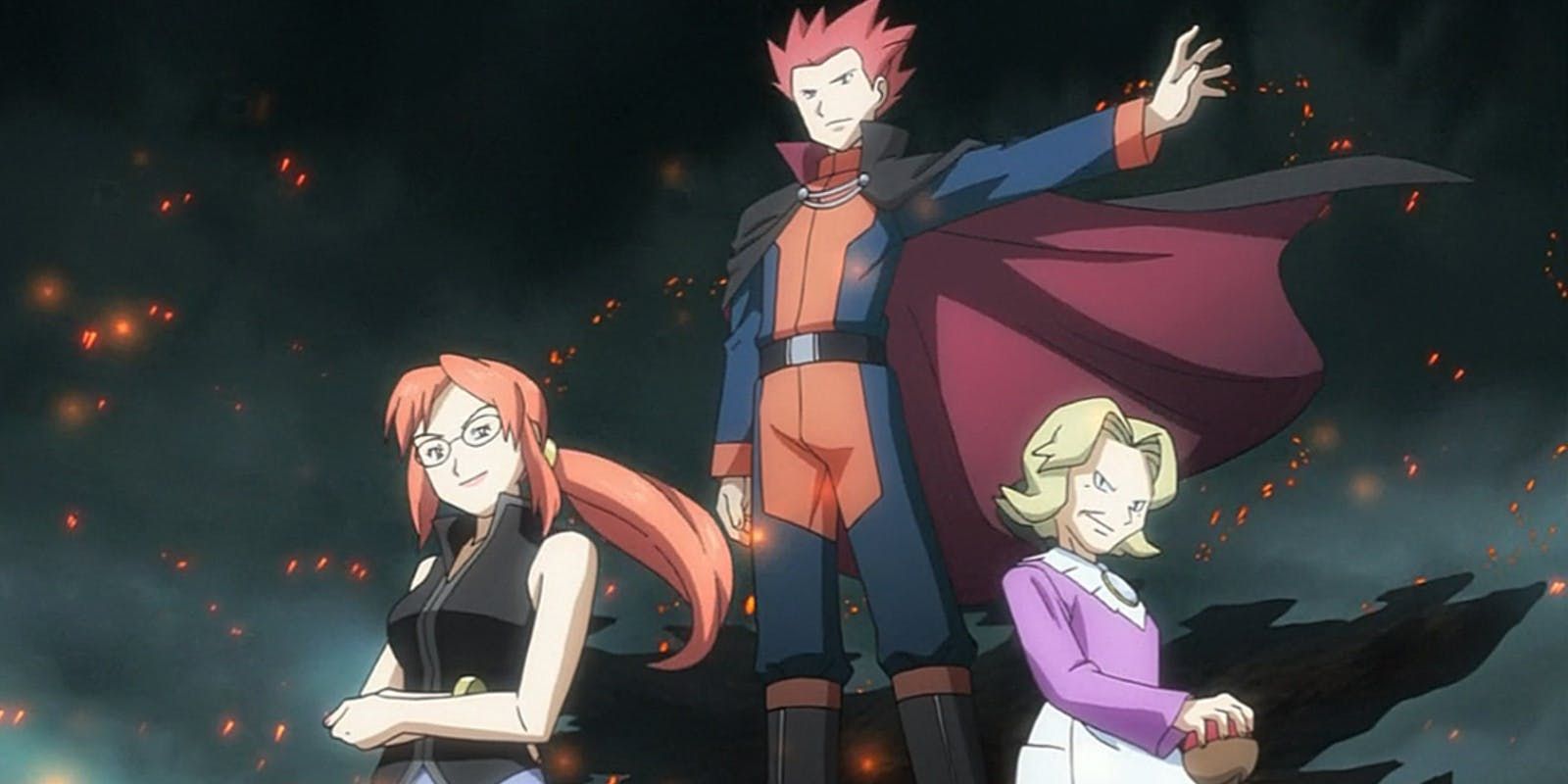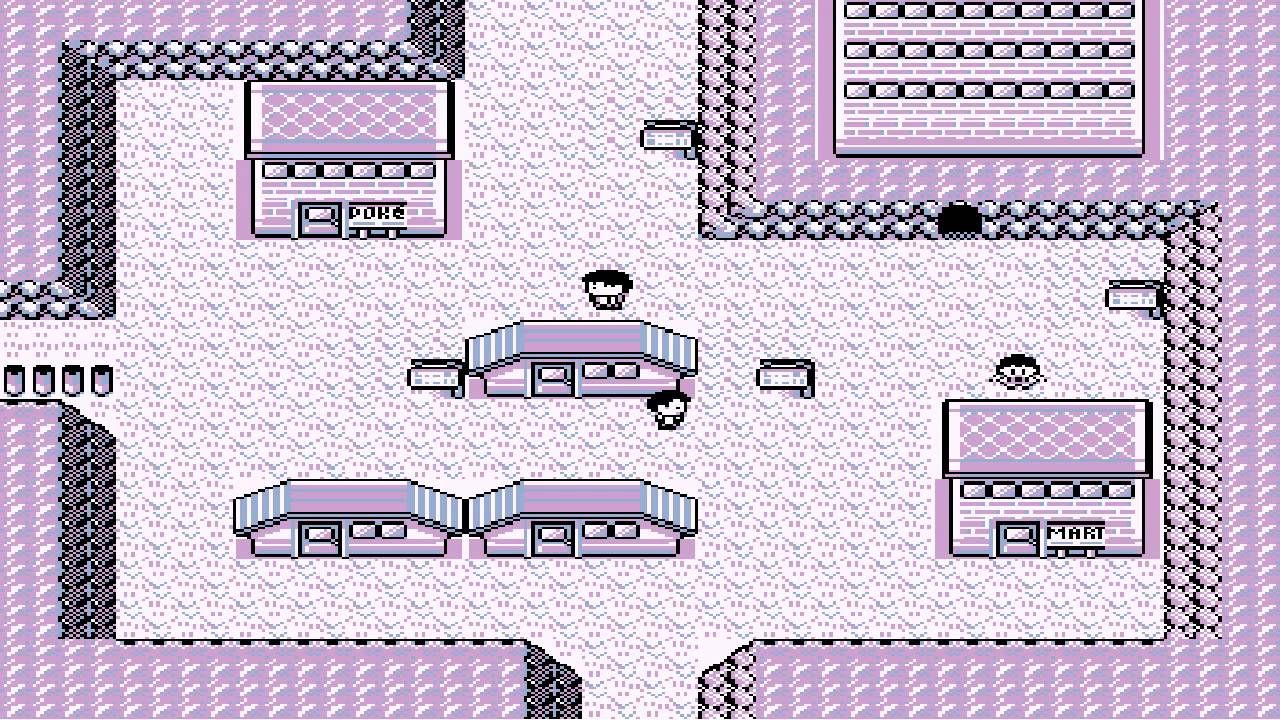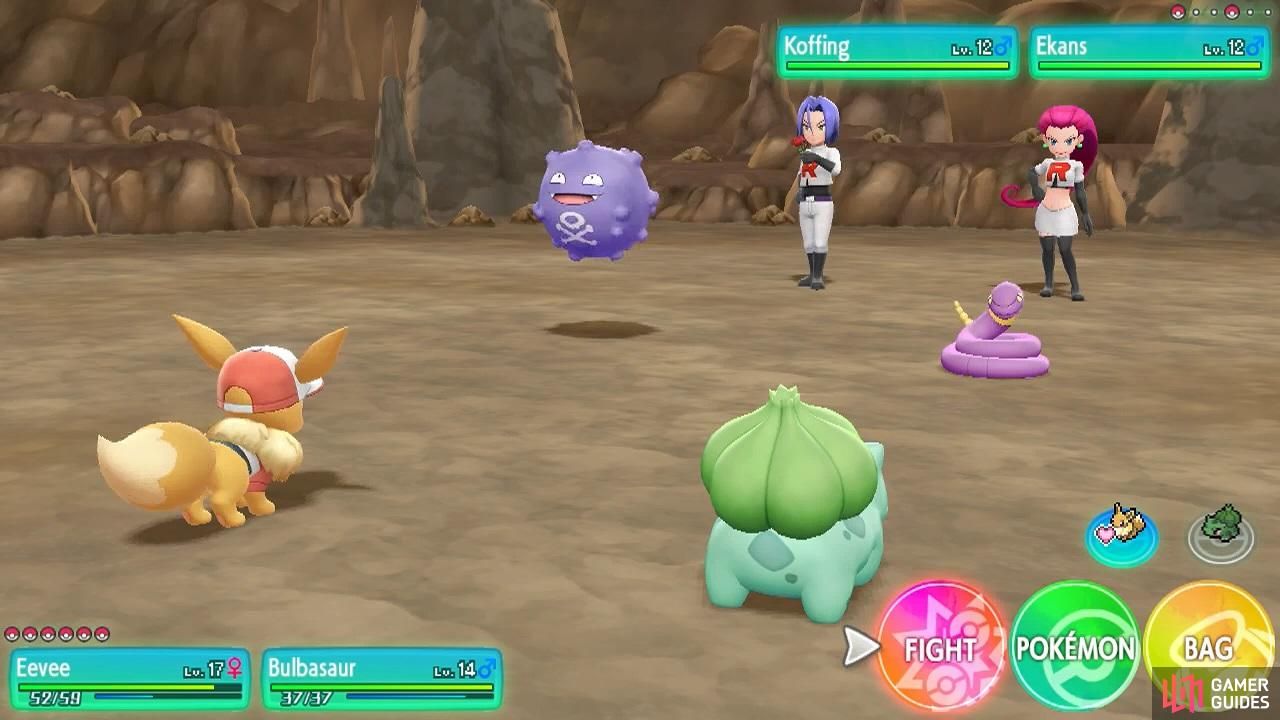You’ve probably heard of a little thing called the Pokémon series. It’s right up there with Super Mario as one of Nintendo’s biggest names, despite the fact that Nintendo themselves don’t actually make the games (that would be Game Freak).
Regardless, it’s a heck of a name to be able to drop. Pokémon Red and Blue arrived in the west in 1998, which was a darn powerful year for video games. The Legend of Zelda: Ocarina of Time, Metal Gear Solid, and more arrived in this year, and Red and Blue can sit proudly next to any of them.
At first, it would have been difficult to predict what a phenomenon Pokémon would go on to be. The monster-collecting and battling concept struck a chord with players all around the world, though, and still does over two decades later.
At the height of late-nineties Pokémania, we were playing the TCG, drinking from the branded bottles, writing in the branded notebooks, wearing the branded clothes… there was no escaping Pokémon. A lot of that may have simmered down, but the wave of hype that surrounds each new release in the series (the reaction to the freshly-unveiled Pokémon Sword and Shield, for instance) will always be super strong.
This isn’t to say that the series is infallible, though. Far from it. The beloved original games made all kinds of shonky decisions, and have all kinds of even shonkier issues. Let’s whip off our rose-tinted glasses and take an honest look back at Pokémon Red and Blue.
We Were All Deceived By The ‘Mew Truck’ Myth
What better place to start taking a snarky look back at the original titles, than with one of its most famous ‘secrets?’ As we all know, there’s a long-standing rumor that the elusive Mew was hidden away in the game, and that it could be accessed via the use of the Strength HM.
The story goes that there’s a suspicious-looking truck on a narrow strip of land near the S.S. Anne. If you can get to it, supposedly, you can move it by using Strength and Mew will be revealed hiding underneath. Naturally, this isn’t true, but the rumour still persists today.
There Are All Kinds Of Glitchy Ways Of Getting Mew
Speaking of the mythical (and Mythical, if you want to be persnickety) Mew, we all know that the 151st Pokémon was never available in the game by conventional means. To get yourself a legitimate one back in the day, you had to be fortunate enough to attend one of the very rare special events.
There were none of those newfangled Wi-Fi distributions then, friends. As we’ll see, though, the game is notoriously glitchy, and unscrupulous players have found all kinds of ways to ‘trick’ the game into generating an encounter with Mew. As we reported over on The Gamer, humble areas like Route 8 were home to popular Mew glitches.
The MissingNo. Glitch Just Broke The Game
Speaking of famous glitches in Pokémon Red and Blue, we’ve got to give yet another nod to what is probably one of the best-known glitches in all of gaming: our old buddy MissingNo.
You know how this works. You let that old guy show you his Pokémon-catching tutorial, you Fly over to Cinnabar Island, Surf along the beach and boom, there’s MissingNo. Catching this non-‘mon could ruin your save file, but simply encountering it was enough. Once you’d done so, you’d find that the sixth item in your bag had been multiplied many times over.
All that shtick about carefully raising and bonding with your Pokémon? As the old meme goes, "ain’t nobody got time fo dat." Just pump them full of your ill-gotten Rare Candies and have them at max level in a trice.
Why Is Mewtwo Before Mew In The Pokédex?
Essentially, this is one of those "suspension of disbelief" things that some people just can’t let go. If you can’t watch an Arnold Schwarzenegger movie without pointing out that he’s only reloaded his gun once in two hours’ solid shooting, this one’s sure to rankle with you too.
Mewtwo, as we all know, is a clone of Mew. What is the Pokédex trying to pull, then, by putting Mewtwo in the #150 spot and Mew as #151? It’s purely a gameplay thing, sure (Mewtwo is actually in the game and catchable, while Mew generally isn’t), but that hasn’t stopped persnickety players from raising the point all these years later.
What Are The Parents Of The Pokémon World Thinking?
Maybe some of us have been able to let the Mew/Mewtwo Pokédex thing go, after twenty years, but there’s one thing that’s always going to be an issue around here. That’s right, it’s the age-old complaints about parenting in the Pokémon world.
This is what happens when we try to apply real-world logic to the world of video games. We see parents sending their children out into the world with nothing but a tiny lizard that’s on fire for company, and we are not impressed.
This is the setup, it’s always (depending on protagonists’ ages) been the setup, it presumably always will be. Does that make it okay, though? Does it?
Why Is There So Much Infuriating Inventory-Wrangling To Do?
If you’ve only played the more recent releases in the main Pokémon series, there’s something we’ve got to break to you: you’ve been utterly spoiled.
That big, luxurious bag you’ve got, with practically limitless storage and neat little pockets for individual types of items? There was none of that back in the day. The player had far too little item storage in the original games, often leaving them playing the "what can I afford to drop so I can pick up this key item" game.
There was more awkward menu-slot-wrangling than in Resident Evil, and it really was a pain in the neck.
How Intense Was The Safari Zone?
There are a lot of things you can question about the ethics of the Pokémon series. They tend to make a huge deal about how Pokémon enjoy battling and working with us, but there’s just something about the whole system.
Did the wild Pokémon that we’re constantly grabbing ask for this life? They did not. Still, we’ve been through all of that countless times. There’s no need to snark about that yet again.
One thing we certainly are going to snark on, however, is the Safari Zone. This minigame of sorts changes up the catching mechanics somewhat, asking us to throw rocks at Pokémon to make them a little easier to catch (but more likely to run away; the opposite effect to using bait). Would this sort of behavior fly in zoos? Granted, nobody expects to take an elephant or something home with them when they visit, but still.
Red And Blue Have Not Aged Well
Here’s a pick that we’re a little conflicted on. Yes, it’s unfair to compare a two-decade-old Game Boy game, the first in the series, to later games in the franchise. What the team managed to achieve with such a primitive system is super impressive. Even with all of that in mind, though, returning to Red and Blue today can be rough, even for committed Pokémaniacs.
The games have aged like milk left in the sun in some ways, there’s no denying. With the lack of natures, breeding, held items and other crucial franchise mechanics (something that Pokémon: Let’s Go Pikachu/Eevee was heavily criticised for dispensing with), it’s pretty darn primitive today. Not to mention that bag.
What’s The Deal With The Rehashed Pokémon Cries?
What do Nidoking and Moltres have in common? There’s an interesting trivia question for Pokémon fans. On the surface, not a whole lot. We’re talking about a huge, flaming bird and an equally-huge purple rhino. ‘Hugeness’ not really being a legitimate trait to have in common, lots of you are probably drawing a blank here.
The answer, then, is that their cries are very, very similar (to compare, here’s Nidoking’s cry, and here’s Moltres’ cry). This is nothing new or exclusive to this pair, though. So many Pokémon’s cries are modified and rejigged versions of others’, owing to hardware limitations and such.
Why Are There So Many Darn Zubat In Caves?
Of course, the Pokémon series is far from being the only RPG that gets a little too overzealous with its random battles. It’s even pretty darn generous with ways to mitigate or avoid them entirely (Repels work, with a high-leveled Pokémon at the front of your party).
What we’ve got to remember, though, is that this is a family-friendly-funtimes sort of game. Younger players may not grasp the concept of these items, and they’re setting themselves up for a darn frustrating time in Zubat-infested caves as a result. That’s quite a baptism by fire for younger fans.
There Was That One Raichu That Could Apparently ‘Evolve’
Now, it’s not unusual for games to pick up a translation error or two in the process of being localized for the west. That’s how things like the iconic “this guy are sick” line from Final Fantasy VII come about. Pokémon Red and Blue made a mistake that’s a little different but had brilliantly bizarre results.
Pikachu, as we know, has a pre-evolved form and an evolved form. That’s as far as it goes. According to one NPC, however, Raichu can evolve!
What dark sorcery is this? Well, nothing really. The NPC in question is found in the Cinnabar Island’s Pokémon Lab. He offers an Electrode for the player’s Raichu, and on completing the trade, will tell them that their Raichu evolved! Sadly, this only happens because, in the original Japanese version, the trade was for the player’s Kadabra (which is a trade evolution). The line was just kept the same.
Whatever It Was That Happened (Or Didn’t Happen) To Gary’s Raticate
A franchise as popular and long-lasting as Pokémon will always have curious fan theories springing up around it. One of the more macabre ones, as far as Red and Blue are concerned, is that old idea that Gary’s Raticate was actually eliminated in battle with the player, and rests in the Pokémon Tower.
The ‘evidence’ for this theory lies in the fact that Raticate disappears from Gary’s team after his defeat at the player’s hands, aboard the S.S. Anne. When we later encounter him in the Tower itself, he just says that he’s there to nab a Cubone and Marowak, but that hasn’t stopped conspiracy theorists claiming that he’s there lamenting his lost rat.
Why Does The Game Have A Charmander-Based ‘Hard Mode’ Of Sorts?
This pick’s sure to be contentious as well, but it’s an interesting issue that a lot of players don’t tend to consider.
Of course, with the whole gotta catch ‘em all thing, it’s clear that you’re supposed to nab, train, and bond with a whole variety of different Pokémon species. You can just barrel through everything with one way-over-leveled starter, too, though, but that can be a tough route to take.
If you’ve picked Charmander, the first couple of gyms are going to give you a rough ride. Brock’s Rock-types and Misty’s Water-types will be able to crush you into sad hunks of defeated spam if you aren’t careful.
Some consider Charmander to be a sort of ‘hard mode’ for this reason, and it’s one that a lot of new players won’t see coming. That’s pretty uncool, Game Freak.
Why Was The Psychic-Type Just Unstoppably Broken?
As we’ve established, then, Red and Blue were the first games in the series, and had all manner of foibles that were ironed out later. Game Freak didn’t quite have the whole type chart thing down yet.
If generation one was notorious for anything, it was how completely dominant Psychic was. Ghost was not super effective on Psychic (Ghost moves had no effect, in fact), which left them weak only to Bug. What were players going to do, Twin Needle or Pin Missile Psychic-types into oblivion? Well, yes, that’s what we were reduced to.
Alakazam, Exeggutor, and their Psychic brethren were such a problem that the Dark-type soon had to be introduced to deal with them.
What Kind Of Ghastly Experiment Is Bill Performing, Exactly?
A lot of the NPCs in the Pokémon universe (and in RPGs in general) are completely one-dimensional. They exist only to fill towns a little, and repeat the same couple of lines of dialogue over and over again. Sometimes they’ll give you a useful item or something, though, so we’ll forgive the fact that they tend to have all the personality of an overcooked burger patty.
Red and Blue’s Bill, however, clearly has an interesting story to tell. There’s something intriguing going on here, that’s for sure. When we first meet him, he’s used some bizarre scientific contraption to convert himself into a Pokémon, like he’s Jeff Goldblum in The Fly. Seriously, Bill, what are you doing?
Team Rocket Are Doing What With Slowpoke Tails?
We all know the formula by now. Pokémon games have to feature some evil team or other, and the protagonist has to get caught up in their nefarious deeds. Ultimately, they all lose at the hands of a lone child, but we won’t dwell on that. It’s bad for their self-esteem.
Team Rocket, of course, were the first of these teams, and they sure knew how to dream up a dastardly scheme. Team Skull didn’t have much of a gameplan other than try and talk like you’re down with the kids, while breaking things occasionally, but Team Rocket? This was true evil right here. They were cutting the tails off Slowpokes and selling them!
Why Did The Bicycle Cost One Million Poké-Dollars, Again?
A lot of games run into the issue of needing to show the player that a certain item exists, but ensuring that they can’t have it quite yet. How to do this? That’s the question.
Do they add a little ‘coming soon’ thing next to said item in the store? Sometimes. Do they simply slap an impossible price tag onto it instead? Sure, that works too.
In Red and Blue, just to make sure that players manage to grab themselves the bicycle voucher, the store charges a mighty one million for them otherwise. That’s a little more than the average child carries around in their pocket.
Why Was Lance Allowed To Use Hacked Pokémon?
Nostalgic franchise fans all around the world will always have a special place in their hearts for Lance. He’s just got one of those personalities, one of those attitudes, one of those I-wear-a-ridiculous-cape-to-work-every-day-just-because-I’m-whimsical vibes about him.
Do you know what else he’s got, though? We’ll tell you. He’s got a hacked Pokémon, that’s what he’s got (you know how serious the fan base gets about this sort of thing). Before a special event in Lance’s honor a little while back, there was no way for Dragonite to legitimately learn Barrier, yet here Lance was with one regardless.
Come on, Pokémon police, how did you miss that? This is amateur hour stuff.
Lavender Town Was One Super-Dark Place
For all the talk of Pokémon being an adorable, family-friendly series, there’s some darn dark stuff going on beneath the surface. Not only is Bill doing whatever those strange experiments are, not only is the whole sad story of Mewtwo’s creation a thing (more on that a little later), but we’ve got the spooktastic Lavender Town to contend with.
According to urban legends, the music of Lavender Town made some players feel ill, and there was some sort of secret hidden within those high-frequency tones. There was nothing solid to verify any of these claims, of course, but it’s a scary story regardless.
Before There Was Special Attack And Special Defense, There Was Only ‘Special’
Series veterans will know that this next gripe isn’t specific to Red and Blue, but still… dang. As the old saying goes, once you’ve gone Special Defense and Special Attack, you can’t go back.
For the uninitiated, the Physical/Special split occurred in Pokémon Diamond and Pearl. Until then, all moves of specific types were either Physical or Special (Water moves were all Special and Rock moves were all Physical, for instance). This posed all kinds of problems for Pokémon like Gyarados, which is (now) a Water-type with high Attack and very low Special Attack.
It also meant that Pokémon like Alakazam (a speedy special attacker with defenses like a cardboard kitten that’s been left out in a rainstorm) could also be incredibly tanky, thanks to their high ‘Special.’

